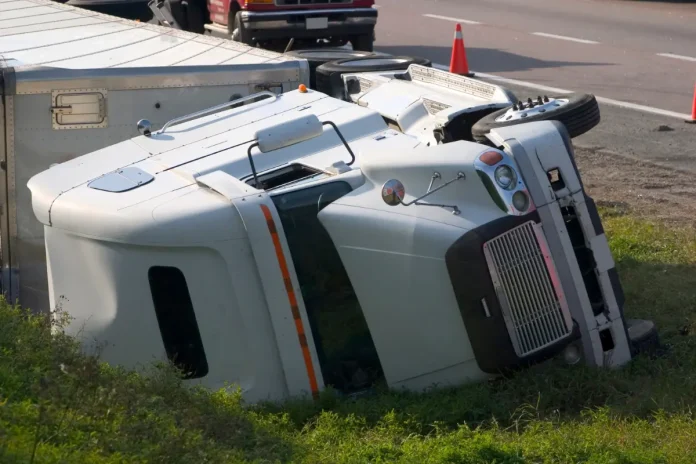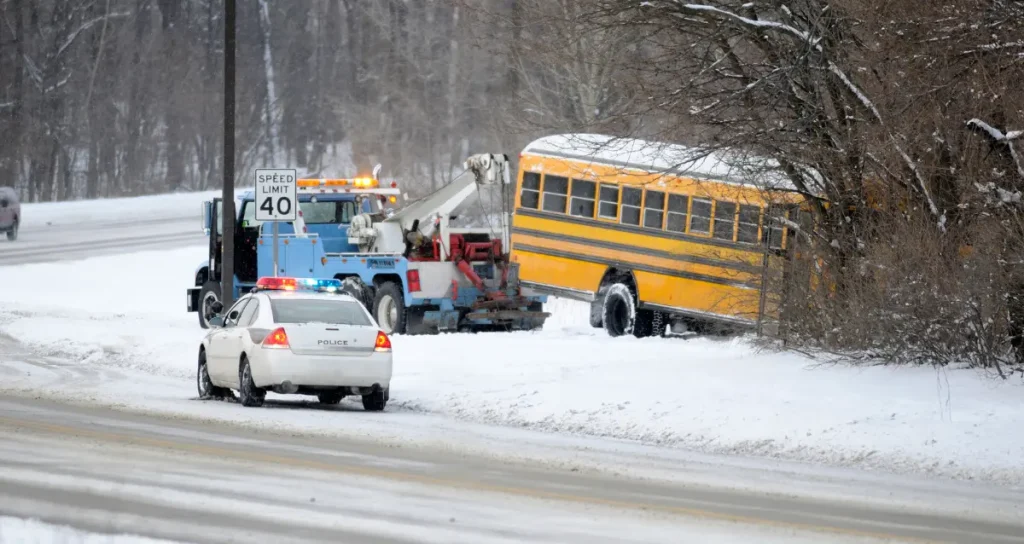
Accidents happen, and if you’re the only one involved, understanding how your insurance steps in can save you plenty of stress. Whether it’s a fender bender or a more serious crash, knowing your options is key.
From collision to comprehensive coverage, each type of insurance offers different protection. Wondering how to navigate your policy? We’ve got the scoop on how insurance coverage works when you’re in a single-vehicle accident.
Keep reading to learn how to make your insurance work for you!
How Liability Coverage Works
Liability coverage is like your safety net when things go sideways. If you’re at fault in an accident, it helps cover the damage you cause to others. This includes their:
- vehicle damages
- property
- medical bills
This coverage keeps you from paying out of pocket for someone else’s losses. It’s a must-have to avoid big financial headaches. With this, you can drive a little easier knowing you’re covered if you cause damage.
The Role of Collision Coverage
Collision coverage is your go-to when you’re in a crash-no matter who’s at fault. Whether you hit another car or a tree, this helps pay for the damage to your vehicle.
Plus, it can save you from costly repairs or replacing your car. However, it doesn’t cover damage to other people’s cars or your medical bills. Those are handled by liability or health insurance.
So if you love your car, collision coverage is a smart move to ensure your car is protected when the unexpected happens.

Comprehensive Plans and Other Situations
These plans have your back in situations beyond just a crash. From theft to storm damage, this coverage steps in when the unforeseen happens. Additionally, it covers:
- vandalism
- hitting an animal
- fire damage
So, if your car faces a disaster that isn’t a collision, comprehensive coverage is there to help foot the bill. It’s a great addition to your policy, ensuring you’re covered for almost anything life throws your way.
Understanding Underinsured Motorist Coverage
Underinsured motorist coverage is like your backup plan for when someone else’s car insurance just isn’t enough. If you’re in an accident with a driver who doesn’t have enough coverage to pay for your damages, this part of your insurance kicks in.
It can help cover medical bills, car repairs, and even lost wages. It’s a safety net that’s easy to overlook but worth it. Without it, you could be left paying for expenses that aren’t your fault.
Policy Limits and Financial Protection
These limits define how much your insurance will pay in case of an accident. If damages exceed your policy limit, you could end up paying the difference out of pocket.
It’s crucial to choose limits that give you enough financial protection without overpaying. Higher limits might cost more, but they offer more security if things go wrong.
Finding the right balance ensures you’re covered, without breaking the bank. It’s all about protecting yourself when you need it most.
Tips for Handling a Single-Vehicle Accident
Handling a single-vehicle accident can be stressful, but knowing what to do makes all the difference. Keep calm, assess the situation, and make sure you’re covered by the right insurance.
Ready to review your policy or need help with your claim? Contact a provider today and ensure you’re fully prepared for whatever comes your way!
Did you find this article helpful? Check out the rest of our blog now!
FURTHER READING









